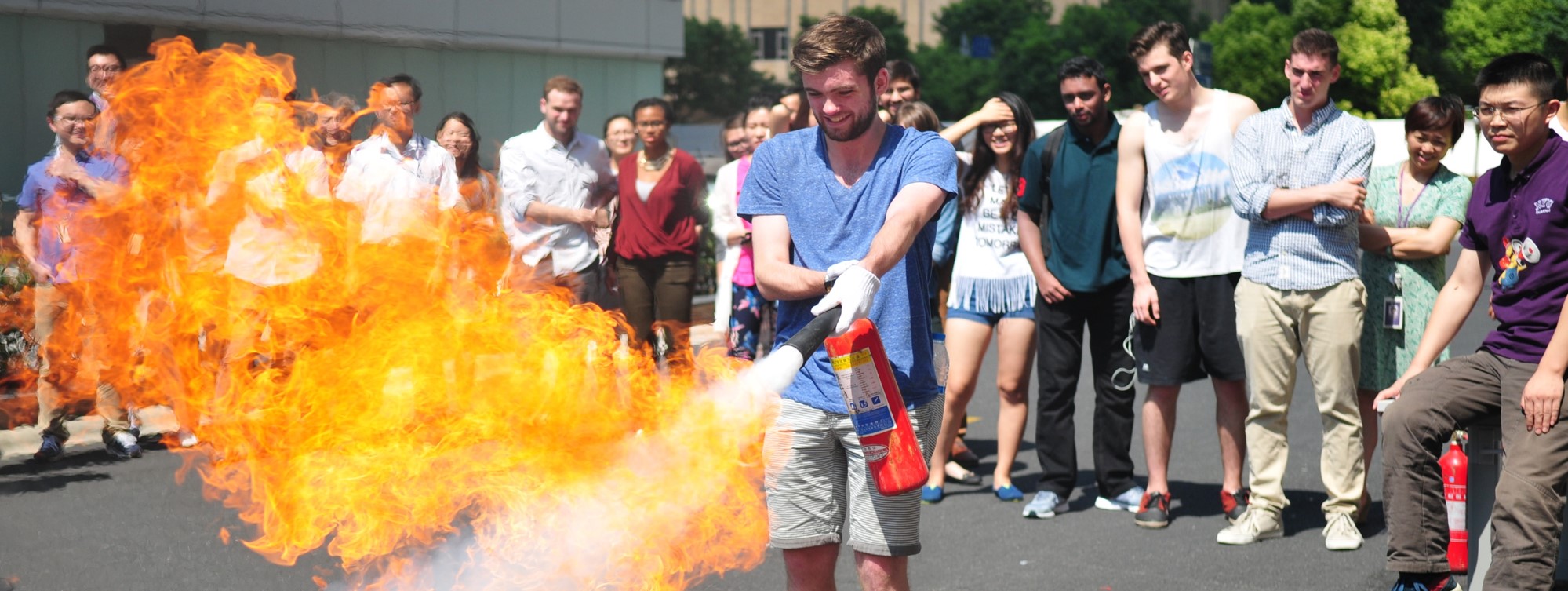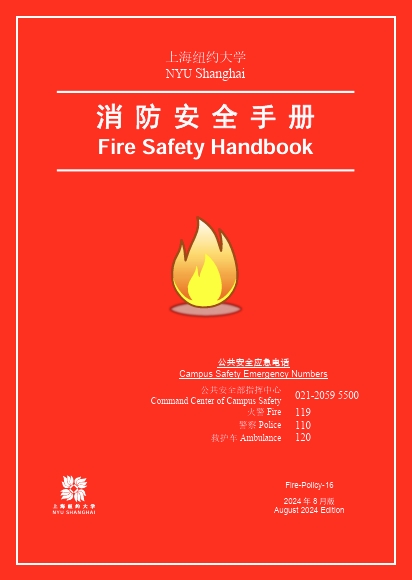
Led by the NYU Shanghai Department of Campus Safety, Fire Safety Management ensures the protection of life and property by implementing clear protocols for fire prevention and emergency response, emphasizing the critical role of swift and effective action.
NYU Shanghai's Fire Safety Protocols encompass the Fire Safety Handbook, institutional policies, and comprehensive emergency response plans, all designed to safeguard lives and minimize property damage in the event of a fire.
To enhance campus safety, all NYU Shanghai members are strongly encouraged to review the Fire Safety Handbook, familiarize themselves with emergency procedures, and stay informed about fire prevention measures.


